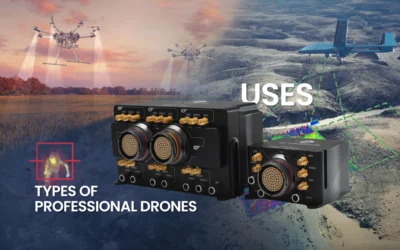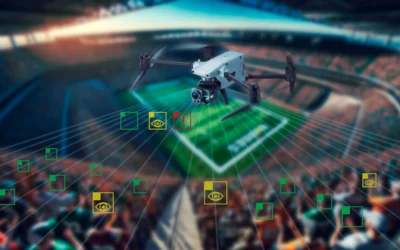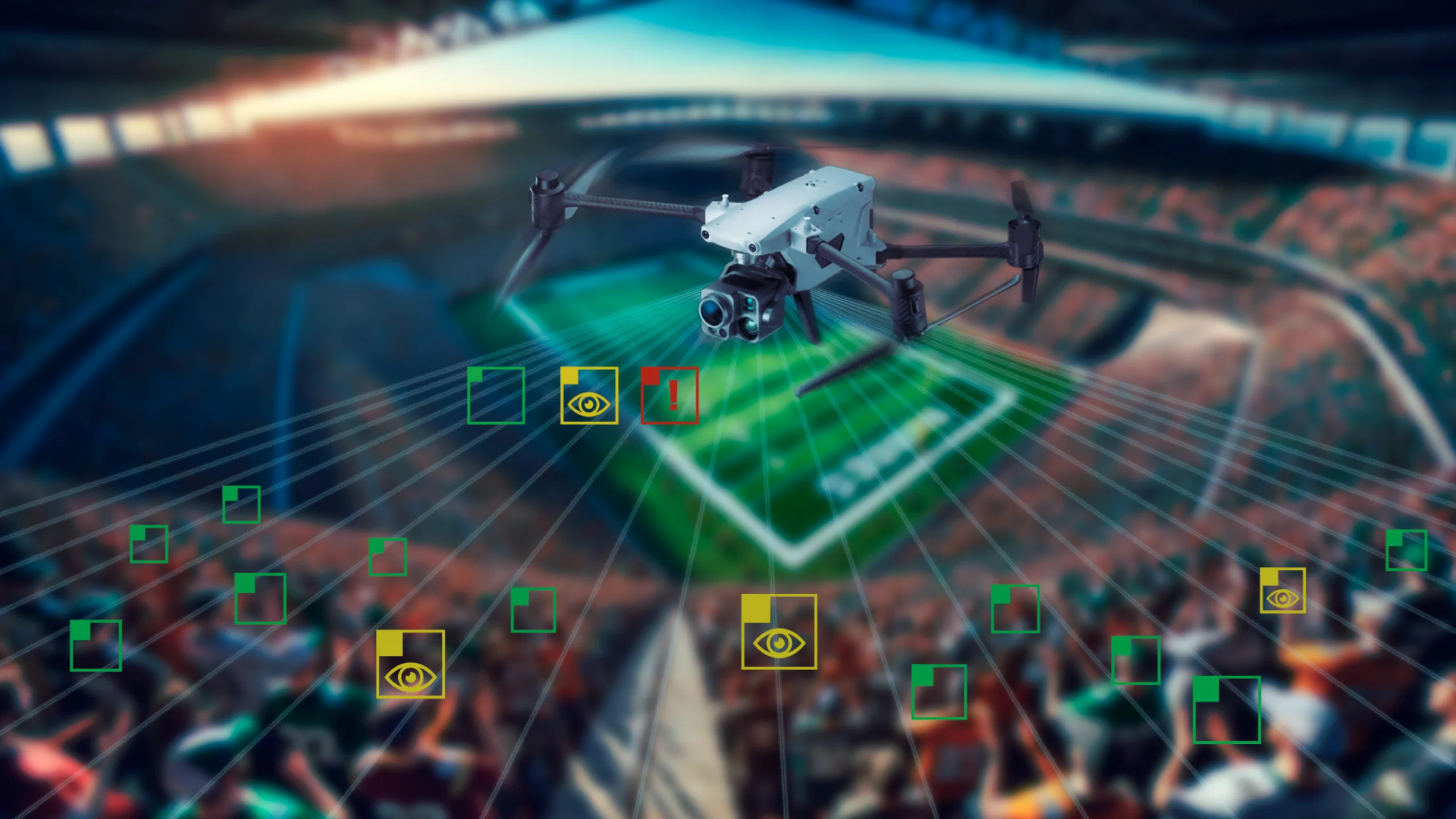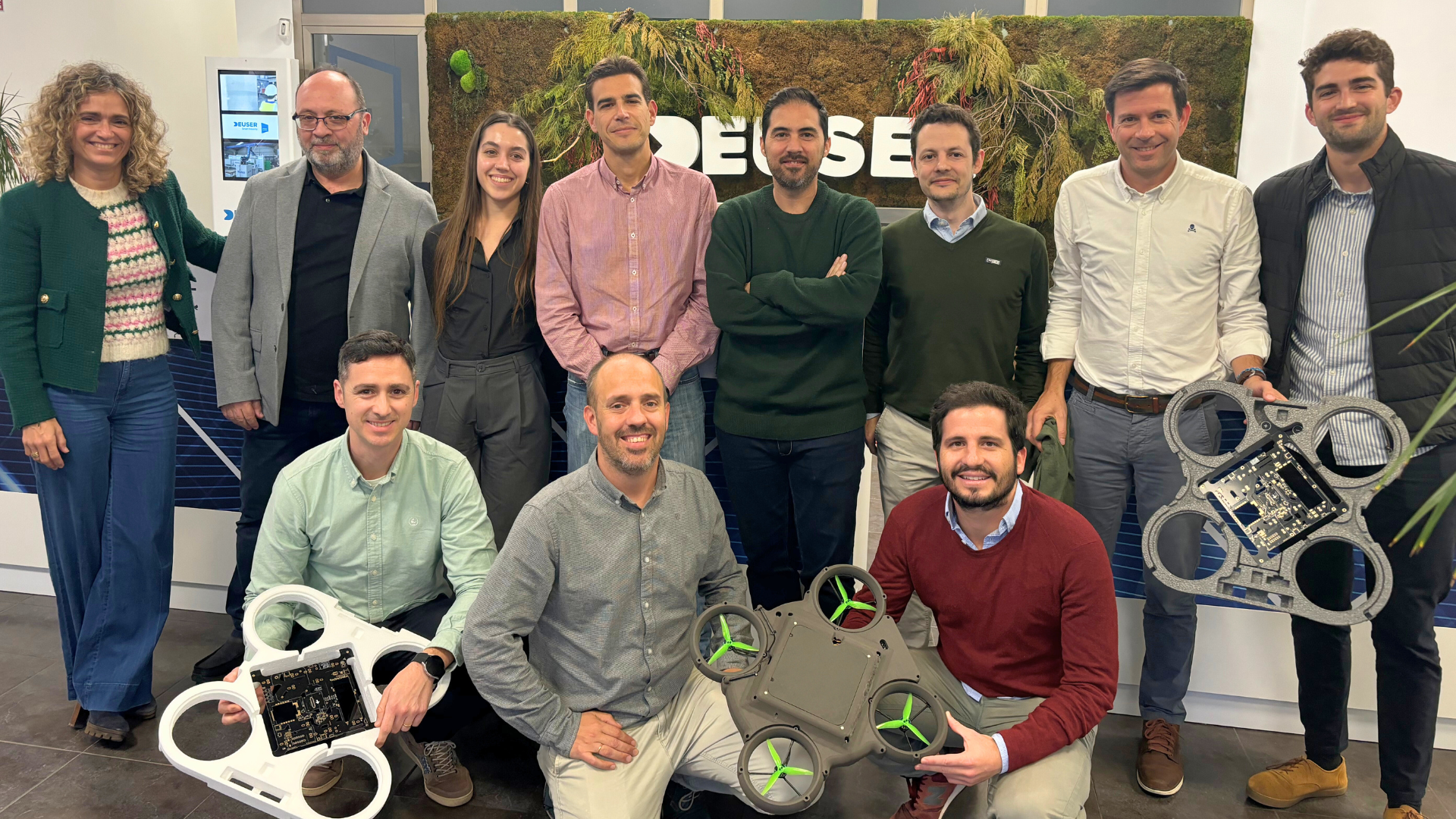After more than fifteen years of experience integrating professional autopilots in all types of UAV platforms, at Embention we can state that we have faced all types of configurations, sometimes the result of its inventor’s most creative imagination.
VTOL vehicles seek to combine the high range of fixed-wing aircraft with vertical take-off and landing capabilities. At Embention we have been able to verify that hybrid VTOL drones are no longer limited only to the combination of a fixed wing with a multirotor, but that there are infinite configurations. This makes it necessary for autopilots to have a high adaptability to cover all possible configurations and designs in VTOL drones.
In the search for efficiency, effectiveness, autonomy and versatility, we often find risky designs with architectures that are difficult to imagine. Below we have compiled some of the most common hybrid VTOL drone designs.
Tail Sitters
These are “pusher” -type rear propulsion platforms that take off vertically “like a rocket” to, once in the air, rotate 90º in search of horizontality for a cruise flight. The transition between phases in this type of platform is especially critical, given the need to have strict control over the reference axes in the autopilot, allowing them to rotate in flight and adapt to the different positions of the aircraft.
A good example of this type of platform is the “Cantas” project, of our Czech client New Space Technologies.
Multirotor + fixed wing
The hybrid par excellence, the perfect symbiosis between a multirotor and a fixed wing with a simple design. It is a fixed wing to which we incorporate two lateral arms perpendicular to the central axis of the platform and at the ends of which we will incorporate motor / propeller assemblies, generally electric and with a coaxial configuration, for vertical take-off and landing. To ensure a smooth transition between flight phases, Veronte incorporates a completely user-configurable interface system. In these transition phases, both multirotor flight actuators and fixed wing actuators act simultaneously to smooth the transition.
For example, the Pelican, from our client Dronetech.
Hybrid between helicopter and autogyro
An extravagant and risky architecture, but highly efficient and safe. If the autogyro or gyrocopter is already a hybrid between an airplane and a helicopter, given its airplane wings and its main helicopter rotor, let’s imagine that this rotor can also be connected and disconnected to / from an engine. In this case, we achieve an efficient cruise thanks to the autorotation of the main rotor, with the versatility and vertical take-off capacity of a helicopter. Let us remember that in gyrocopter mode, the lift is produced by the rotation of the main rotor blades by autorotation, which rotates thanks to the air flow, not due to the force produced by a motor, therefore the energy expenditure is considerably reduced.
Best example: Airial Robotics GT20 Gyrotrak.
Tilt Motors
Where the motors vertically propel the platform for take-off and once the required height is reached, they rotate on their axis 90º adopting a horizontal position and thus, propelling the platform forward. Simple, efficient, but adding complexity to the control system, which must control the rotation of these motors. It therefore requires an autopilot system of the highest quality, reliable, precise and above all technically capable of carrying out this type of complex transitions.
An example of this configuration can be found in the German Drones vehicle.
Tilt Motors
Same approach as the previous one, but in this case we will rotate the complete wing on its axis. Not just the rotors. In the wing we have the engines integrated so when turning the wing from vertical to horizontal, we will make the transition from takeoff to cruise. This type of configuration is usually combined with fixed engines that support vertical take-off but we also find designs where all the engines are in the wing and, therefore, rotate.
In this case HyFly from the Netherlands is a good example of a Tilt Wing with all the engines installed on the wing.
It is clear that the phase change in this type of platform is critical. That is why at Embention we have paid special attention to providing our autopilot with the best tools to guarantee the safety of the platform during transitions.
For this, and as we have commented previously, we not only have interfaces that allow a smooth and controlled phase change, but we also offer our clients absolute control over the creation of flight phases and over the behavior of the platform in each one of them.
That is why clients like those mentioned above have trusted our autopilot as a navigation system for their UAVs, because Veronte guarantees extremely precise and safe execution even in advanced configurations and complex platforms. Veronte always goes further.















